Smart Heart Disease Prediction System with IoT and Fog Computing Sectors Enabled by Cascaded Deep Learning Model
- PMID: 35047027
- PMCID: PMC8763532
- DOI: 10.1155/2022/1070697
Smart Heart Disease Prediction System with IoT and Fog Computing Sectors Enabled by Cascaded Deep Learning Model
Retraction in
-
Retracted: Smart Heart Disease Prediction System with IoT and Fog Computing Sectors Enabled by Cascaded Deep Learning Model.Comput Intell Neurosci. 2023 Aug 2;2023:9780853. doi: 10.1155/2023/9780853. eCollection 2023. Comput Intell Neurosci. 2023. PMID: 37564533 Free PMC article.
Abstract
Chronic illnesses like chronic respiratory disease, cancer, heart disease, and diabetes are threats to humans around the world. Among them, heart disease with disparate features or symptoms complicates diagnosis. Because of the emergence of smart wearable gadgets, fog computing and "Internet of Things" (IoT) solutions have become necessary for diagnosis. The proposed model integrates Edge-Fog-Cloud computing for the accurate and fast delivery of outcomes. The hardware components collect data from different patients. The heart feature extraction from signals is done to get significant features. Furthermore, the feature extraction of other attributes is also gathered. All these features are gathered and subjected to the diagnostic system using an Optimized Cascaded Convolution Neural Network (CCNN). Here, the hyperparameters of CCNN are optimized by the Galactic Swarm Optimization (GSO). Through the performance analysis, the precision of the suggested GSO-CCNN is 3.7%, 3.7%, 3.6%, 7.6%, 67.9%, 48.4%, 33%, 10.9%, and 7.6% more advanced than PSO-CCNN, GWO-CCNN, WOA-CCNN, DHOA-CCNN, DNN, RNN, LSTM, CNN, and CCNN, respectively. Thus, the comparative analysis of the suggested system ensures its efficiency over the conventional models.
Copyright © 2022 K. Butchi Raju et al.
Conflict of interest statement
The authors declare that they have no conflicts of interest.
Figures
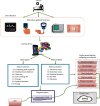


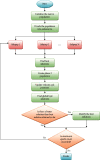
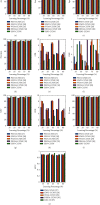
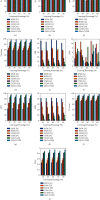
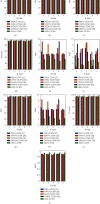
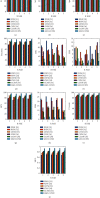

References
-
- Mutlag A. A., Abd Ghani M. K., Arunkumar N., Mohammed M. A., Mohd O. Enabling technologies for fog computing in healthcare IoT systems. Future Generation Computer Systems . 2019;90:62–78. doi: 10.1016/j.future.2018.07.049. - DOI
-
- Farahani B., Firouzi F., Chang V., Badaroglu M., Constant N., Mankodiya K. Towards fog-driven IoT eHealth: promises and challenges of IoT in medicine and healthcare. Future Generation Computer Systems . 2018;78:659–676. doi: 10.1016/j.future.2017.04.036. - DOI
-
- He S., Cheng B., Wang H., Huang Y., Chen J. Proactive personalized services through fog-cloud computing in large-scale IoT-based healthcare application. China Communications . 2017;14(11):1–16. doi: 10.1109/cc.2017.8233646. - DOI
-
- Rahmani A. M., Gia T. N., Negash B., et al. Exploiting smart e-health gateways at the edge of healthcare internet-of-things: a fog computing approach. Future Generation Computer Systems . 2018;78:641–658. doi: 10.1016/j.future.2017.02.014. - DOI
-
- Gupta P. K., Maharaj B. T., Malekian R. A novel and secure IoT based cloud centric architecture to perform predictive analysis of users activities in sustainable health centres. Multimedia Tools and Applications . 2017;76(18):18489–18512. doi: 10.1007/s11042-016-4050-6. - DOI
Publication types
MeSH terms
LinkOut - more resources
Full Text Sources
Medical

